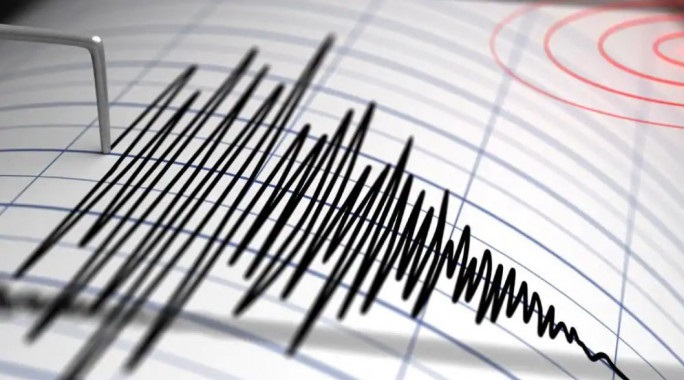The earthquake struck off the eastern coast of Kyushu, Japan’s southern main island, at a depth of approximately 30 kilometers.

A powerful earthquake struck Kyushu, an island in southern Japan, with a magnitude of 7.1, according to the Japan Meteorological Agency on Thursday. Initial reports from NHK had estimated the quake’s magnitude at 6.9.
The earthquake, centered off the eastern coast of Kyushu at a depth of approximately 30 kilometers, also triggered a tsunami that has reached the western Miyazaki prefecture.
In response to the earthquake, the Japanese government has established a special task force, as reported by AFP. However, there have been no immediate reports of major damage.
Japan, situated in one of the most seismically active regions of the world, enforces strict building codes to protect structures from severe earthquakes. The country experiences around 1,500 earthquakes annually, with the majority being minor. The impact of these quakes varies based on their location and depth.
Earlier this year, on January 1, a massive earthquake on the peninsula resulted in at least 260 deaths, including 30 “quake-linked” fatalities. The disaster led to building collapses, fires, and significant infrastructure damage during the New Year celebrations.
Japan’s most devastating earthquake to date occurred on March 11, 2011, with a magnitude of 9.0. This undersea quake triggered a tsunami that caused around 18,500 deaths or disappearances and led to a catastrophic nuclear accident at the Fukushima plant, marking Japan’s worst post-war disaster. The total cost of the disaster is estimated at 16.9 trillion yen ($112 billion), excluding the lengthy and costly decommissioning of the Fukushima facility.












